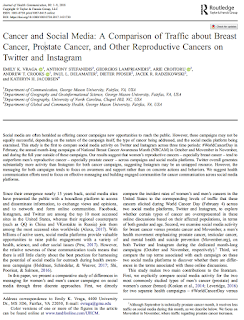
Responsibilities: The primary job responsibilities of this position consist of the design, development and refinement of an agent-based simulation framework for urban areas. Using the existing
Multiagent Simulation Toolkit (MASON) platform (written in Java), new agent logic will have to be implemented, thus creating agents that use socially plausible rules for mobility and interaction with other agents. A main goal is to create computationally efficient agent logic, thus allowing millions of agents to make decisions, find shortest paths between locations, and interact with their simulated world at the same time. For this purpose, implemented algorithms will need to be highly parallelizable, thus allowing to scale simulation via distribution among computing clusters located at GMU and Tulane. The successful candidate will also supervise graduate-level research assistants, collaborate with fellow scholars, and promote the department’s accomplishments through publications, presentations, and other public events.
Required Qualifications:
- Ph.D. in computer science, data science, or closely related field;
- Strong programming skills in Java;
- Excellent written communication skills demonstrated by prior publications;
- A track record that demonstrates the ability to work well with interdisciplinary research teams.
Preferred Qualifications:
- Solid knowledge of graph algorithms;
- Experience with Agent-Based Modeling and social science simulation;
- Experience in design and implementation of software systems.
Postdoc 2
Responsibilities:
The primary job responsibilities of this position will be the design of an agent-based model based on the first principles underlying human needs, social interactions, and mobility to define socially plausible causalities. This model will contribute towards the design, development and refinement of an agent-based simulation framework for urban areas. Using the existing Multiagent Simulation Toolkit (MASON) platform (written in Java), new agent logic will have to be implemented, thus creating agents that use socially plausible rules for mobility and interaction with other agents. The successful candidate will also supervise graduate-level research assistants, collaborate with fellow scholars, and promote the department’s accomplishments through publications, presentations, and other public events.
Required Qualifications:
- Ph.D. in computer science, data science, or closely related field;
- Experience with Agent-Based Modeling and social science simulation;
- Excellent written communication skills demonstrated by prior publications;
- A track record that demonstrates the ability to work well with interdisciplinary research teams.
Preferred Qualifications:
- Strong programming skills in Java;
More Information: https://jobs.gmu.edu/postings/42109
Continue reading »












